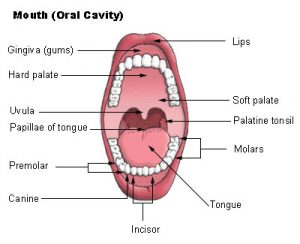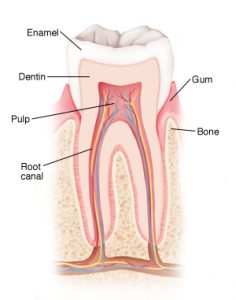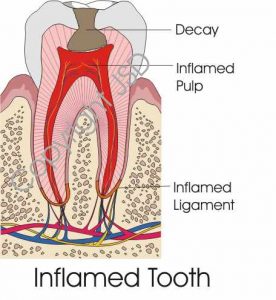If not the hardest, teeth are one of the most solid parts of the human body. There are four different types of teeth in our oral cavity including incisors, canines, premolars, and molars. Either individually or collectively they are responsible for many different functions including mastication (chewing), pronunciation, and aesthetic in our body. Without being able to chew properly, we cannot digest our food, malnutrition, so we will be weak and eventually die. We also use our teeth to help in articulating certain sounds like ‘f’. Having healthy teeth, in addition, can add to our attractiveness, and in some instances, they can have direct influence on the our personal and professional lives.
https://www.youtube.com/watch?v=uHUyg94JSkg
Importance of appearance in professional life, Video Credit: https://www.youtube.com/watch?v=uHUyg94JSkg
Therefore, damaged or missing teeth can cause serious problems for us, and it is beneficial to know the ways they got damaged and ,consequently, lead to their death.

Oral Cavity, Image credit: Wikipedia, https://blogs.ubc.ca/communicatingscience2016w109/files/2016/09/Illu_mouth.jpg
there are two main causes of damage to our teeth: infection and trauma.
Infection:
There are about thousands of different bacteria residing in our mouth, and they can cause infection in our teeth. Each tooth consists of three main parts: enamel, dentin, and pulp (root).

Coronal section of tooth in jawbone showing enamel, dentin, and pulp SOURCE: 4B11433
Image Credit: http://www.dentalcare.com/media/en-US/education/ce104/ce104.pdf
As long as the outer surface of our teeth (enamel) is intact, the tooth can stay alive. However, as a result of different factors such as poor hygiene, these bacteria can dissolve the enamel, penetrate to inner chamber (pulp), and cause infection. Consequently, our defence system will attack this infection the same way, inflammatory response, it attacks any other infection in our body. The ultimate goal of this response is to kill the bacteria. However, since the pulp has very tiny space, the inflammation will cause the blood supply to the pulp to be cut off. As a result, the infected tooth will not receive the nutrients and oxygen necessary to survive, and it will die.

Inflammation of the pulp, Image credit: http://www.endodovgan.com/Endoinfo_NSET.htm
Trauma:
Any physical impact in different accidents such as car crashes, or sport injuries can damage our teeth and eventually lead to their death. Our teeth, in both upper and lower jaws, are connected to their bony sockets via periodontal ligaments, which means they are not fused to the bone. Severe physical impact can dislocate them either completely (falling off), or partially. In either case, it will shut down the blood supply to the effected tooth and lead to its death. In case of children who still have their milk teeth, the root of dislocated teeth can damage the permanent tooth germ under it and prevent its growth permanently.
Being aware of these two main causes of damage can help us to prevent them as much as possible and take care of our teeth as pearls.
